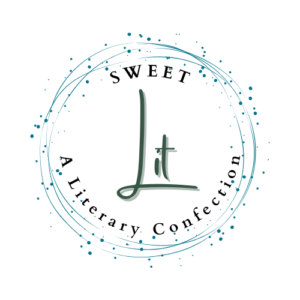Come to Your Senses: Taste
Daydream the cow produces the best milk for caramels.
Now Queen, a Holstein, has her own chocolate line as well at Thorncrest Milk and Chocolate House in Goshen, Connecticut, but her milk has hints of zesty lime and licorice.
The chocolatier and famed super taster Kimberly Thorn never ever blends the two milks in her kitchen.
But Queen and Daydream hang together in the barn and eat the same special hay that Kimberly’s husband Clint harvests from the family fields. The bales pop out like candy bars as the harvester moves through the rows.
Everything is clean and quiet and consistent at Thorncrest, all part of a plan to have calm cows who then produce flavorful milk, each cow somehow offering a distinct background flavor profile, like wines, though Kimberly is possibly the only person who can discern which cows’ milk is in which batch of chocolates.
Flavor is not a sense but some magical blend of smell, taste, and texture and how that melody plays out in your brain.
As an exceptional taster Kimberly’s brain must work like an orchestra each time she puts food in her mouth, all of it playing against a tongue armed to distinguish between sweet, salty, bitter and sour.
Most supertasters are especially attuned to bitter, which we register in the back of our tongue, probably an evolutionary thing so we’d spit out poison or spoiled food before it went down our throats.
The nuances of taste rarely register with people all that much but during the pandemic several of my students caught COVID and lost their sense of smell and taste, the two, of course, inescapably linked. The blankness at first just felt odd, but for some of them, as the effect lingered, it became terrifying to think they may never regain it.
Many of them are from first generation families of immigrants whose parents intentionally did not teach them the native tongue of their homeland. Instead, as they show me in their first-person essays, they connect to their grandparents in particular through food—the capirotada with piloncillo from Mexico or jerk chicken from Jamaica.
Like Kimberly, they can taste the difference between the Jamaican dishes cooked up at Pampia’s restaurant on Albany Avenue in Hartford and what their grandma makes.
I draw an analogy.
Look at how much you gain when you are fully attuned and awake to the flavors of your grandmother’s cooking. It rolls through your mouth, the texture as key as the taste. Imagine striving to live your life that attuned to every sense?
That sensation of awakeness lies at the root of good creative work. You can read a line of your own writing the way Kimberly reads Daydreamer’s milk before crafting a new line of caramels. Roll the sound around in your mouth and ears, feel the pace, touch the sensibility of the prose or poem.
They laugh and tell me my comparison is a stretch.
But then I tell them I also damaged my sense of smell and taste, though in my case because of a devastating bicycle accident that left me unconscious for almost two days and rearranged the right side of my face. Somehow that realignment upended things.
At first, I did not notice.
As I recovered, I found myself suddenly loving curries and other strong spices that I never used to be able to stomach and I thought nothing of it. This went on for about a year until one day I was in a rose garden with family and everyone was oohing over the roses but I could not smell. Anything.
Up until that point in my life I had been a bit lazy about food—as long as it was fresh, not too fatty or salty, and recognizable, I was satisfied.
When I realized I’d gone more than a year without being able to taste and smell fully and had hardly noticed, I was more traumatized by that insight than by my damaged senses.
How could I be so shut off from such a vital part of my overall natural being?
As I recount this story to the faces on the screen–all of us working virtually because of the pandemic–I try to connect with each student despite the lack of sensory input I’d normally receive in person. I tell them you came into my creative writing class shut off on many levels and I am trying to show you a way to open up.
I am trying to show you why someone like Kimberly understands only Daydreamer can provide the milk for caramels.









